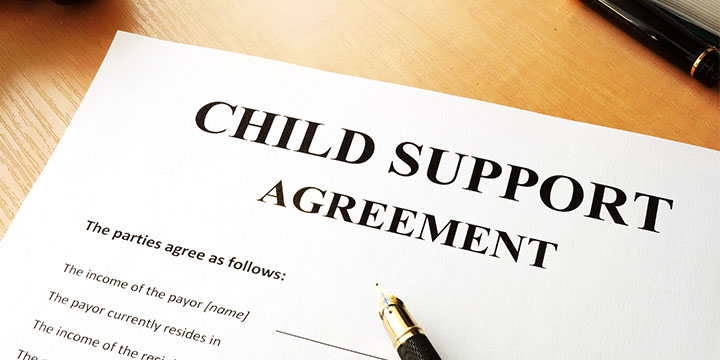Call Us At 519.672.5666
Insights & Articles
Exceptions to the Child Support Table Amount – “Undue Hardship”

The presumptive rule in calculating child support is that the amount set out in the relevant Child Support Guidelines table applies (called the “table amount”), plus any applicable “special and extraordinary expenses” determined under section 7. For more information on child support and section 7 expenses, see (“Child Support 101” and “Unravelling Section 7 Expenses”).
There are, however, certain exceptions to the table amount. One of these is found in section 10 of the Child Support Guidelines, which provides that, on an application from a spouse, a court can deviate from the table amount if the spouse making the request, or a child in respect of whom the request is made, “would otherwise suffer undue hardship.”
The court will proceed in three steps to determine the amount of child support when one spouse claims undue hardship:
- The spouse making the claim of undue hardship must show that paying the table amount would cause undue hardship for him or herself or for the child in question.
- If undue hardship is found, then the court will compare the standard of living of the two households. If the standard of living of the household of the spouse claiming undue hardship is higher than the other spouse’s household, the court will deny the application.
- If both undue hardship are demonstrated and the household of the spouse making the application has a lower standard of living than the other household, the court will determine the amount of child support, which may be lower than the table amount.
Demonstrating undue hardship is challenging. The hardship must be exceptional, excessive, disproportionate, or unjustified based on reliable evidence. This is because the table amounts are designed as a floor for support, not a ceiling, and also because separating is recognized to cause some financial hardship for both parties. At times, even when undue hardship was demonstrated and the standard of living was the same or lower in the paying spouse’s household, the courts have declined to lower the amount of child support. In some instances, courts may reduce special and extraordinary expense payment (also known as section 7 expenses) rather than reduce the amount of child support to below the table amount.
Section 10 lists some of the circumstances that may constitute undue hardship:
- The spouse has responsibility for an unusually high level of debts reasonably incurred to support the spouses and their children prior to the separation or to earn a living. Courts have typically been reluctant to lower the table amount based on debts.
- The spouse has unusually high expenses in relation to exercising access to a child. Usually, courts will not lower the table amount based on the costs of access to the child unless the circumstances which are causing the expense are out of the control of the paying spouse (for instance, the custodial parent moves with the child) or the circumstances are a result of a consensual decision made by the parents for the benefit of the child. Where the paying spouse chooses to move with the result of increased access costs, for instance for a job, the courts will be unlikely to grant relief. In some cases, agreements have been made to apportion the costs of visits between the parents rather than reducing the table amount.
- The spouse has a legal duty under a judgment, order or written separation agreement to support any person. This ground has been rarely used or considered by the courts to date.
- The spouse has a legal duty to support a child, other than a child of the marriage, who is: i) under the age of majority, or ii) under the age of majority or over but is unable, by reasons of illness, disability or other cause, to obtain the necessaries of life. This is the ground under which most undue hardship applications are brought. Most are not successful. It is not enough for the paying spouse to simply have another family to support. There must not only be a legal obligation to support another child but also unusual financial pressure. The paying spouse must demonstrate that the additional children would suffer from a significant deprivation by reason of having to pay the table amount, meaning deprivation related to food, clothing, shelter, or some medical or health need. As well, a spouse applying for relief using section 10 may include evidence that the costs incurred for the other child are necessarily beyond those associated with most other children and that this is causing undue hardship. Undue hardship is not presumed simply because one household’s standard of living or income is lower than the other, even when that lower standard of living is because of the costs of supporting other children.
- The spouse has a legal duty to support any person who is unable to obtain the necessaries of life due to an illness or disability. This ground has rarely been used or considered by the courts to date.
This is not an exhaustive list, though courts have rarely considered circumstances that are not listed in section 10.
For more information on this topic or any other family law issue, please reach out to the Family Law team at McKenzie Lake for assistance.

